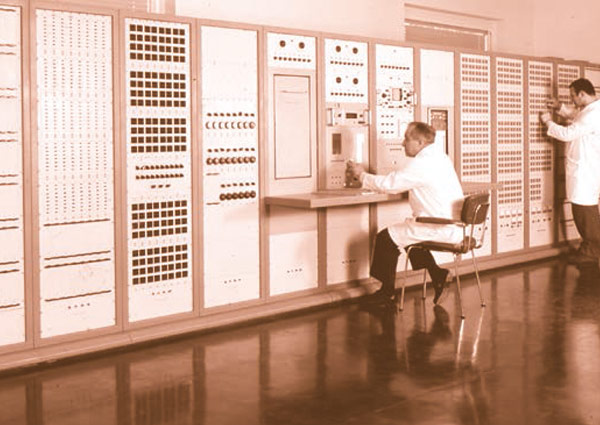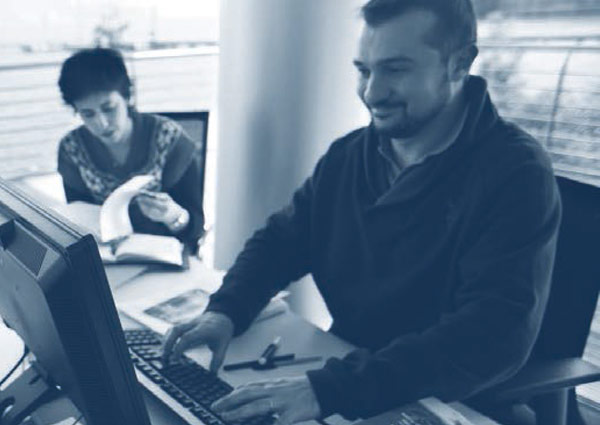Industrial relations
The SMART WORKING experiment continued in 2016 and will conclude in 2017. The extension to all Snam companies will be evaluated from the analysis of the results.
In 2016 relations with trade unions nationally and locally featured numerous meetings dedicated to analysing business development projects and sharing the effects on company personnel of the new organisational arrangements.
Dedicated agreements were signed for the transportation and storage businesses with the Unitary Representation Bodies for regulating the 24-hour shift arrangements required by the new dispatching regime even during strikes in order to safeguard the continuity of the “system” and, at the same time, guarantee the exercising of the right to strike.
As far as the transportation business segment is concerned, the work of the SMART GAS project technical committee, made up in equal measure of company and union representatives, continued with the aim of analysing the technical aspects of the project and solving any problems.
In the regasification sector, meetings were held with the Trades Union Organisations, nationally and locally, aimed at discussing and comparing issues involving the development of the business.
The negotiations, consistent with the provisions of the Industrial Relations Protocol of 17 October 2013, aimed at strengthening Level Two negotiations, led to the definition between the parties of the Performance-Related Pay productivity and profitability indicators for 2016 for all Snam companies.
Negotiations conducted during the year for the renewal of the national agreement reached a positive conclusion in January 2017.
| Download XLS (16 kB) |
|
2014 |
2015 |
2016 |
||
|
|||||
Total disputes pending |
11 |
10 |
9 |
||
Begun in the reference year |
11 |
4 |
10 |
||
Ended in the reference year |
8 |
5 |
13 |
||
Smart working and environmental benefits
The pilot stage of the Smart Working project involves the provision of the occupational activity, even outside of the workplace, for one day per week. The survey conducted on the 150 people involved produced the following results:
- cars and motorbikes are the means of transport most used to reach the place of work on smart working days (around 60%) followed by public transport, namely buses, trains, the underground (36%), while people who go to the office by cycling or walking were the minority (4%);
- as far as the use of fuel is concerned, oil is the most used fuel (50%), even if the figure for petrol, used for cars and motorbikes is significant (43%), while the use of dual-fuel (petrol/LPG and petrol/methane) stands at 7%.
The calculation of carbon dioxide emissions prevented only took into consideration employees’ vehicles and did not consider public transport because those vehicles would have completed their journeys whether or not the users involved in the initiative had been present.
The experiment showed that employees’ vehicles avoided travelling a distance of approximately 125,000 km thereby preventing the emission into the atmosphere of approximately 20,000 kg of CO2.
GRI:G4:LA16

